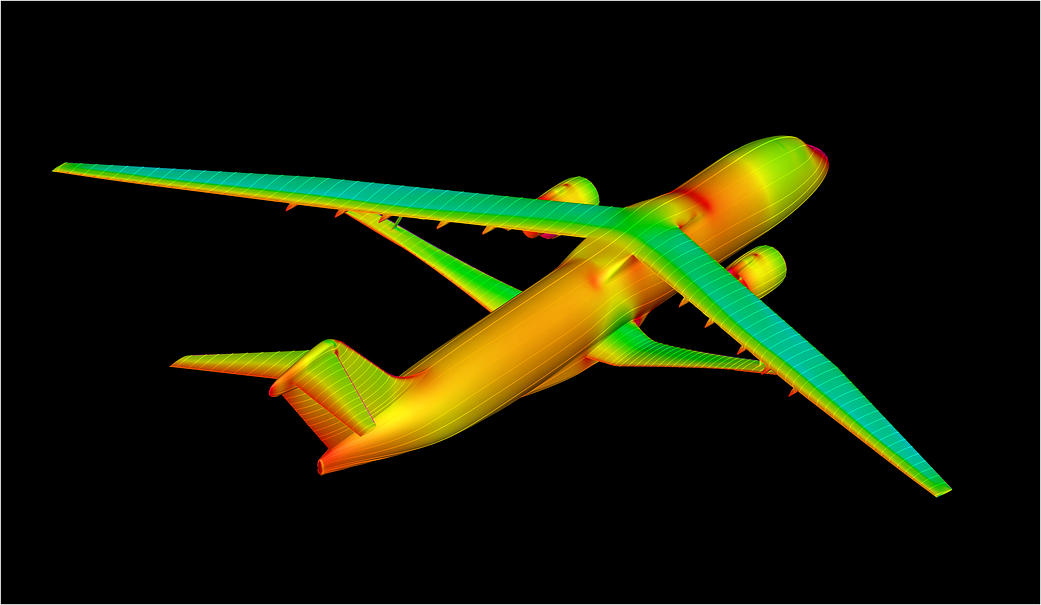


Advanced Air Vehicles Program
Advanced Air Vehicles Program (AAVP) studies, evaluates and develops technologies and capabilities for new aircraft systems, and also explores far-future concepts that hold promise for revolutionary air-travel improvements.
PROGRAM DIRECTOR (PD)
Dr. Nateri Madavan
DEPUTY PD
Dr. James (Jim) Heidmann
Latest AAVP Program News

NASA Funds New Studies Looking at Future of Sustainable Aircraft

NASA, GE Aerospace Advancing Hybrid-Electric Airliners with HyTEC

NASA Composite Manufacturing Initiative Gains Two New Members

NASA Prepares for Air Taxi Passenger Comfort Studies
AAVP Leadership
Learn more about the leadership for the Advanced Air Vehicles Program.


Projects
AAVP pursues its research goals across these projects.

Advanced Air Transport Technology (AATT)
NASA’s vision for advanced fixed-wing transport aircraft of the future features revolutionary energy efficiency and environmental compatibility. The overarching goal of the AATT project is to explore and develop technologies and concepts to enable this vision.

Commercial Supersonic Technology (CST)
Supersonic vehicle research addresses the development of tools, technologies, and knowledge that will help eliminate today's technical barriers to practical commercial supersonic flight.

Hypersonic Technology (HT)
The HT project focuses on sustaining hypersonic competency for national needs while advancing fundamental hypersonics research. NASA maintains unique specialized facilities and experts who can explore ways to solve the challenges of high-speed flight.

Hi-Rate Composite Aircraft Manufacturing (HiCAM)
The HiCAM project addresses an aviation industry need for more rapid production of composite aircraft to meet increasing global demand for lightweight transport aircraft.

Hybrid Thermally Efficient Core (HyTEC)
The Hybrid Thermally Efficient Core project is working with industry partners to develop small core engine technologies to enable fuel burn reductions, additional use of electric airplane systems through power extracted from the engine, and advance engine operability and compatibility with sustainable aviation fuels.

Revolutionary Vertical Lift Technology (RVLT)
With their unique ability to take off and land from any spot, and hover in place, vertical lift vehicles are increasingly being contemplated for use in new ways that go far beyond those considered when thinking of traditional helicopters. We invest in development of cutting-edge technology and tools with new focus on Advanced Air Mobility.
Advanced Air Vehicles Program Videos
Watch informational videos on NASA’s Advanced Air Vehicles Program and the exciting work NASA is doing to better aviation.
Watch More AAVP Videos on YouTubeAdvanced Air Vehicles Program Gallery
Quesst Mission
Interested in flying to your next destination in half the time? NASA's Quesst mission is to lead a government-industry team to collect data that could make commercial supersonic flight over land possible, dramatically reducing air travel time in the United States or anywhere in the world. The centerpiece of the mission is the X-59 aircraft.
Learn More About the Quesst Mission about Quesst Mission














































